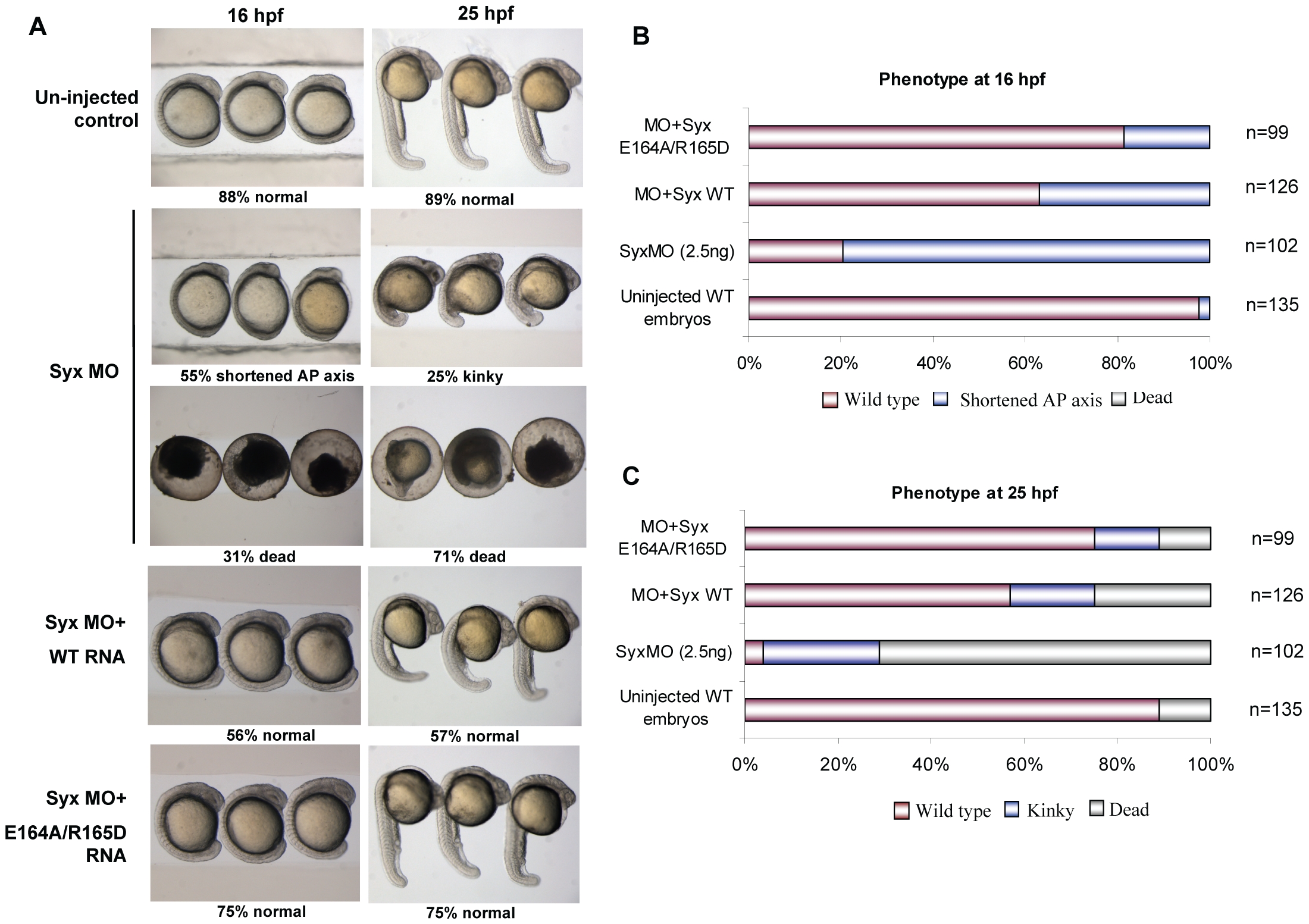Fig. 5 Loss of Syx causes gastrulation defects and death that can be rescued by mouse Syx1b mRNA.
(A) Typical phenotypes observed in zebrafish embryos at 16 and 25 hpf. At 16 hpf, Syx depleted embryos displayed shortened AP axis, indicative of gastrulation defects. Co-injection of Syx MO with mouse Syx1b mRNA reduced both death and gastrulation defects. Co-injection of Syx E164A/R165D mRNA was more effective than wildtype (WT) Syx. At 25 hpf, Syx morphants had shorter body length and kinky tail (though most died). Rescued phenotypes of WT and E164A/R165D at 25 hpf resembled un-injected controls. (B and C) Quantification of embryos (n is the total number scored) showing penetrance of Syx morphants and rescue through co-injection of Syx1b WT or E164A/R165D RNA at 16 and 25 hpf.

